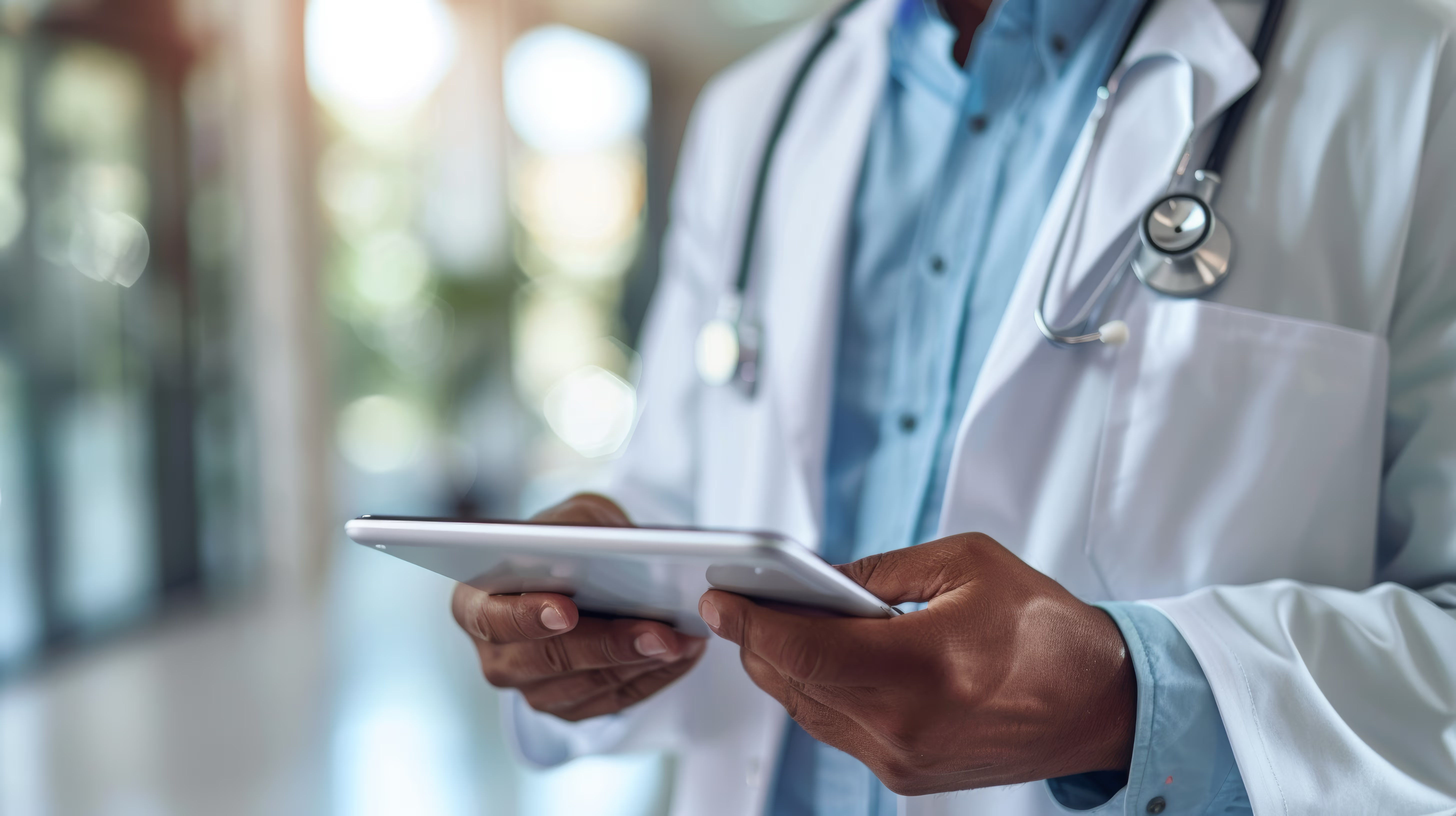An informative guide on what to expect during a colposcopy procedure
Detecting and preventing cervical cancer and other gynecological conditions is a critical aspect of women's health. One of the procedures that play a significant role in early detection is the colposcopy. If you've been advised to undergo this procedure, it's natural to have questions and concerns. This article aims to provide a clear understanding of what colposcopy entails, why it's performed, and what you can expect during and after the procedure.
What Is a Colposcopy?
A colposcopy is a diagnostic procedure that allows a healthcare provider to closely examine the cervix, vagina, and vulva using a special instrument called a colposcope. The colposcope functions like a microscope with a light, providing a magnified view of the tissues, which helps in identifying any abnormalities that might not be visible to the naked eye.
Learn more about colposcopy from the Mayo Clinic
Why Is a Colposcopy Performed?
The primary reason for a colposcopy is to investigate abnormal results from a Pap smear test. It helps in diagnosing:
- Cervical Dysplasia: Precancerous changes in the cervix.
- Human Papillomavirus (HPV) Infections: Certain strains of HPV can lead to cervical cancer.
- Genital Warts: Caused by HPV affecting the vulva or cervix.
- Polyps or Noncancerous Growths: Abnormal tissue growths that may require removal.
- Inflammation or Infection: To identify the cause of unexplained bleeding or discharge.
Preparing for a Colposcopy
To ensure the procedure's effectiveness and your comfort:
- Schedule Appropriately: Avoid scheduling during your menstrual period.
- Avoid Vaginal Medications and Intercourse: Refrain from using tampons, douching, or having sexual intercourse 24-48 hours before the procedure.
- Pain Management: Consider taking an over-the-counter pain reliever like ibuprofen an hour before the procedure to minimize discomfort.
- Bring a Companion: While not necessary, having someone accompany you can provide emotional support.
American College of Obstetricians and Gynecologists recommendations
What to Expect During the Procedure
The Procedure Steps
- Positioning: You'll lie on an examination table with your feet in stirrups, similar to a Pap smear test.
- Speculum Insertion: A speculum is gently inserted into the vagina to hold the walls apart for clear visibility.
- Application of Solutions: The doctor may apply a mild acetic acid (vinegar) solution to highlight abnormal cells, causing a brief stinging sensation.
- Examination with Colposcope: The colposcope remains outside your body while the doctor examines the cervical area.
- Biopsy (if necessary): If abnormal areas are detected, a small tissue sample is taken for laboratory analysis. You might feel a pinch or slight cramping.
Duration
The entire procedure typically takes about 10 to 20 minutes.
After the Procedure
- Mild Discomfort: It's common to experience slight vaginal bleeding or dark discharge if a biopsy was performed.
- Pain Management: Over-the-counter pain relievers can help alleviate any cramping.
- Avoid Certain Activities: Refrain from inserting anything into the vagina, such as tampons or engaging in sexual intercourse, for at least a week or as advised by your doctor.
- Follow-Up: Await biopsy results, which usually take 1-2 weeks, and discuss the findings with your healthcare provider.
Understanding biopsy results
Potential Risks and Complications
While colposcopy is generally safe, like any medical procedure, it carries some risks:
- Infection: Rare but possible.
- Heavy Bleeding: Uncommon unless a significant biopsy is taken.
- Allergic Reactions: To the solutions used during the procedure.
When to Contact Your Doctor:
- Heavy vaginal bleeding (soaking a pad in less than an hour)
- Severe abdominal pain
- Fever or chills
- Foul-smelling vaginal discharge
Importance of Colposcopy in Women's Health
Early detection of cervical changes is crucial in preventing cervical cancer. Colposcopy allows for the identification and treatment of abnormal cells before they progress. Regular screenings and following up on abnormal Pap tests enhance the effectiveness of preventive care.
The role of colposcopy in cervical cancer prevention
Conclusion
Understanding what a colposcopy involves can alleviate anxiety and help you prepare for the procedure. It's a valuable tool in maintaining gynecological health and preventing serious conditions through early detection.
If you have concerns about your cervical health or need to schedule a colposcopy, contact DCE Ob/Gyn Associates to consult with our experienced healthcare professionals.



.png)